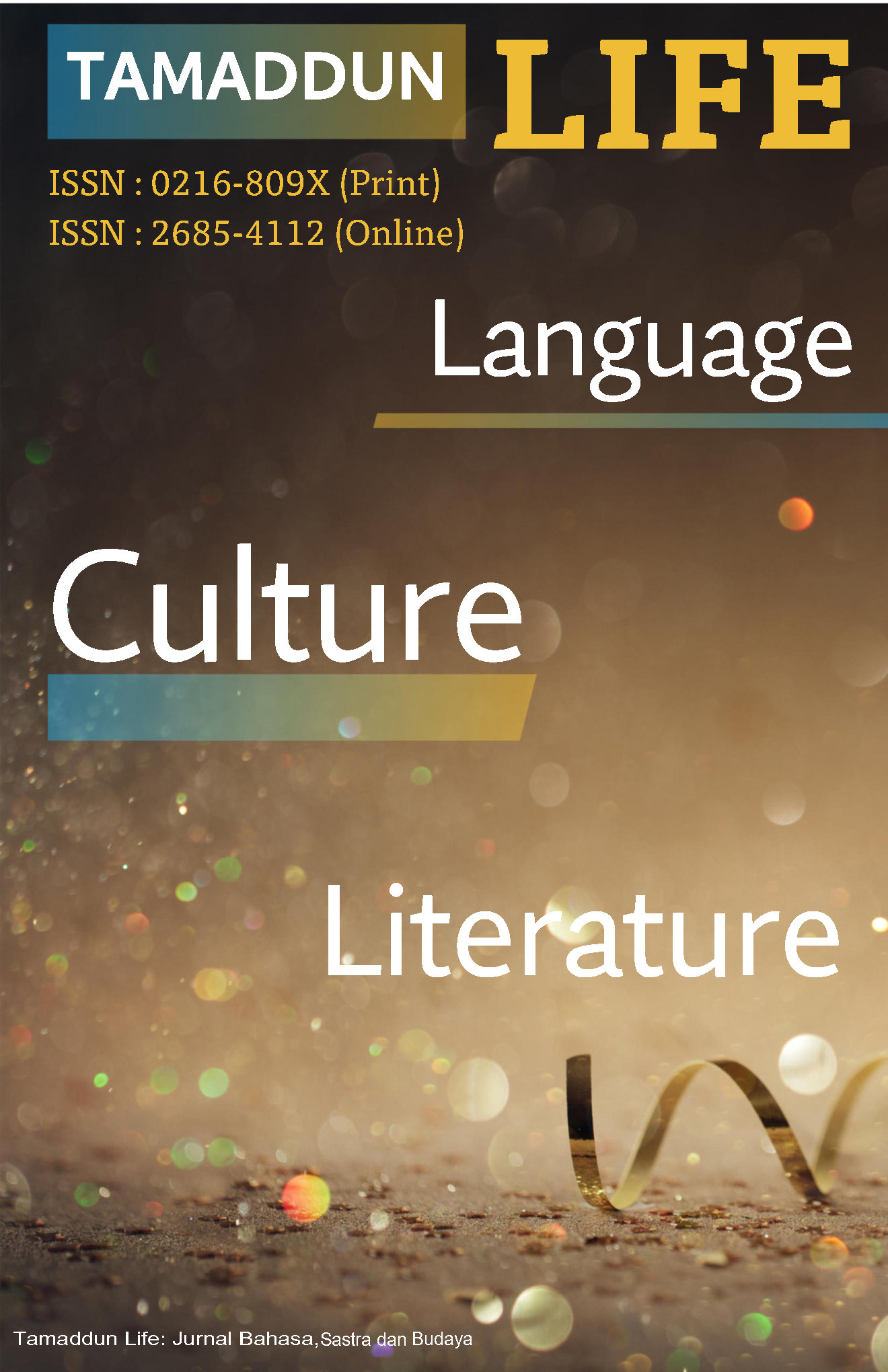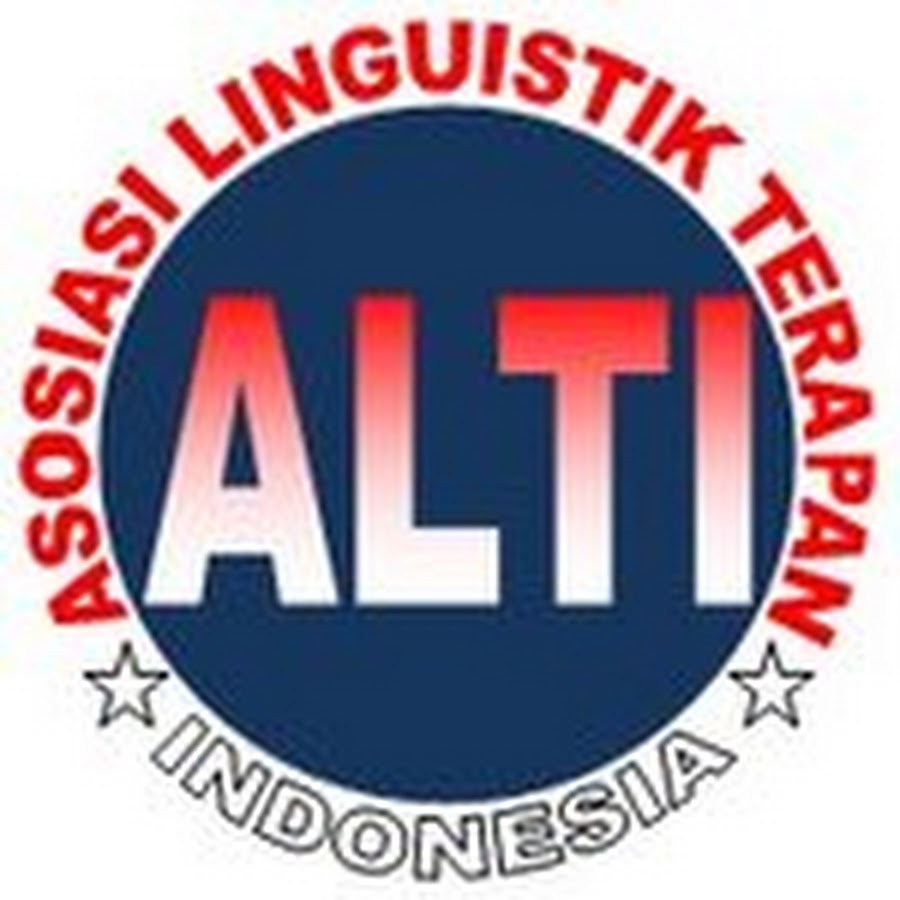The English Instructor’s Perception of Private Tutoring for Secondary School Students in Indonesia
Abstract
Many families utilize English private tutoring to help their children with their homework or improve their skills; in doing so, they are taking part in an additional "shadow education" system on top of regular schooling. This research utilized qualitative methods to explore the perspectives of English instructors on private tutoring for secondary school students. Two English instructors were interviewed to obtain their views on private tutoring. The interview technique involved creating an interview guide and using structured online interviews. The data was categorized into core themes or categories, with both participants enthusiastically expressing their perspectives on the causes and impacts of English private tutoring. The result showed that private tutoring is perceived as beneficial for students struggling with English lessons, as it allows them extra time outside school hours and enhances their understanding. Instructors must provide personalized knowledge and engage students in innovative sessions. Parents play a crucial role in guiding students' activities. Private tutoring can boost students' intention to learn English and increase their learning behavior. Instructors tailor their approach to meet the needs of private students
References
Alwasilah, C. (2013). Policy on foreign language education in Indonesia. International Journal of Education, 7(1), 1–19.
Baker, D., & Le Tendre, G. (2005). Demand for achievement: the worldwide growth of shadow education systems. National Differences, Global Similarities. World Culture and the Future of Schooling, 54–70.
Bray, M. (2003). Adverse effects of private supplementary tutoring: Dimensions, implications and government responses. UNESCO. Instituto Internacional de Planeamiento de la Educacion.
Bray, M. (2006). Private supplementary tutoring: Comparative perspectives on patterns and implications. Compare, 36(4), 515–530.
Bray, M. (2010). Researching shadow education: Methodological challenges and directions. Asia Pacific Education Review, 11(1), 3–13. https://doi.org/10.1007/s12564-009-9056-6
Bray, M. (2013). Benefits and tensions of shadow education: Comparative perspectives on the roles and impact of private supplementary tutoring. Journal of International and Comparative Education, 2(1), 18–28. https://doi.org/10.14425/00.45.72
Bray, M., & Kobakhidze, M. N. (2014). Measurement issues in research on shadow education: Challenges and pitfalls encountered in TIMSS and PISA. Comparative Education Review, 58(4), 590–620. https://doi.org/10.1086/677905
Bray, M. (2017). Schooling and its supplements: Changing global patterns and implications for comparative education. Comparative Education Review, 61(3), 469–491.
Bray, M., & Lykins, C. (2012). Shadow education: Private supplementary tutoring and its implications for policy makers in Asia (Issue 9). Asian Development Bank.
Bray, T. M. (1999). The shadow education system: Private tutoring and its implications for planners. UNESCO International Institute for Educational Planning.
Buchmann, C., Condron, D. J., & Roscigno, V. J. (2010). Shadow education, American style: Test preparation, the SAT and college enrollment. Social Forces, 89(2), 435–461.
Dang, H.-A. (2007). The determinants and impact of private tutoring classes in Vietnam. Economics of Education Review, 26(6), 683–698.
Deci, E. L., & Ryan, R. M. (1985). Intrinsic motivation and self-determination in human behavior. Springer.
Epstein, J. L. (2001). School, family, and community partnerships: Preparing educators and improving schools. Routledge.
Gordon Jr, R. G. (2005). Ethnologue, languages of the world. Http://Www. Ethnologue. Com/.
Hamid, M. O., Khan, A., & Islam, M. M. (2018). The spread of private tutoring in English in developing societies: Exploring students’ perceptions. Discourse: Studies in the Cultural Politics of Education, 39(6), 868–886.
Huang, H.-T. (2017). Private English tutoring and adolescents’ motivation to learn English as a foreign language: A self-system perspective. Taiwan Journal of TESOL, 14(1), 1–36. https://www.tjtesol.org/articles
Ireson, J. (2004). Private tutoring: How prevalent and effective is it? London Review of Education, 2(2), 109–122.
Ireson, J., & Rushforth, K. (2011). Why do parents employ private tutors for their children? Exploring psychological factors that influence demand in England. Journal for Educational Research Online, 6(1), 12–33. https://www.pedocs.de
Ireson, J., & Rushforth, K. (2014). Why do parents employ private tutors for their children? Exploring psychological factors that influence demand in England. Journal for Educational Research Online, 6(1), 12–33.
Kirkpatrick, A., & Liddicoat, A. J. (2019). The Routledge international handbook of language education policy in Asia. Routledge.
Lave, J. (1991). Situated learning: Legitimate peripheral participation. Cambridge university press.
Lightbown, P. M., & Spada, N. (2020). Teaching and learning L2 in the classroom: It’s about time. Language Teaching, 53(4), 422–432.
Myles, F., & Mitchel, R. (2004). Second language theories. New York: Hodder Arnold.
Rogoff, B. (1990). Apprenticeship in thinking: Cognitive development in social context. Oxford University Press.
Rubin, H. J., & Rubin, I. S. (2011). Qualitative interviewing: The art of hearing data. sage.
Tansel, A., & Bircan, F. (2006). Demand for education in Turkey: A tobit analysis of private tutoring expenditures. Economics of Education Review, 25(3), 303–313.
Vygotsky, L. S. (1978). Mind in society: The development of higher psychological processes. Harvard University Press.
Yin, R. K. (2018). Case study research and applications. Sage Thousand Oaks, CA.
Copyright (c) 2024 Nur Ainun Musa, Sami'an Wulandari, Amaliah Ramdani, Reskiyani Reskiyani, Nurdin Noni

This work is licensed under a Creative Commons Attribution 4.0 International License.
Authors who publish with Tamaddun journal agree to the following terms:
1. Authors retain the copyright and grant Tamaddun the right of first publication. The work will be licensed under a Creative Commons Attribution License (CC BY 4.0), which permits others to share the work with proper acknowledgment of the authorship and initial publication in this journal.
2. Authors may enter into additional non-exclusive agreements for the distribution of the published version of their work (e.g., posting it to an institutional repository or including it in a book), provided that the initial publication in this journal is acknowledged.
3. Authors are encouraged to post their work online (e.g., in institutional repositories or on their personal websites) before and during the submission process. This can lead to productive exchanges and increase the visibility and citation of the published work.






